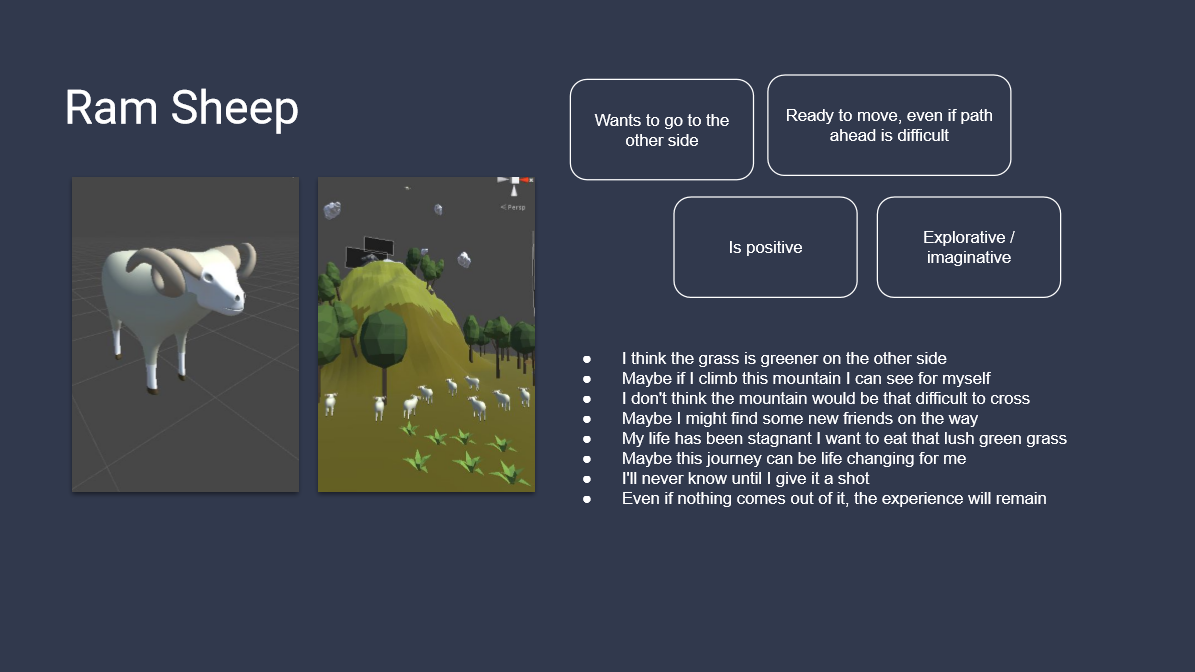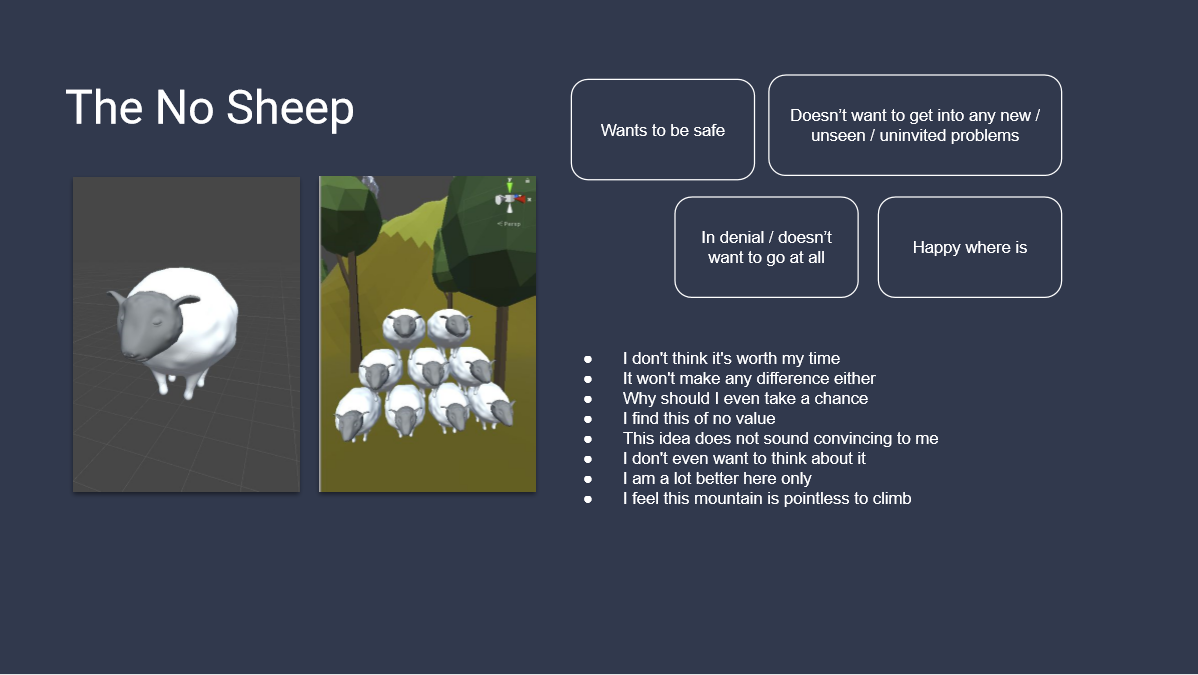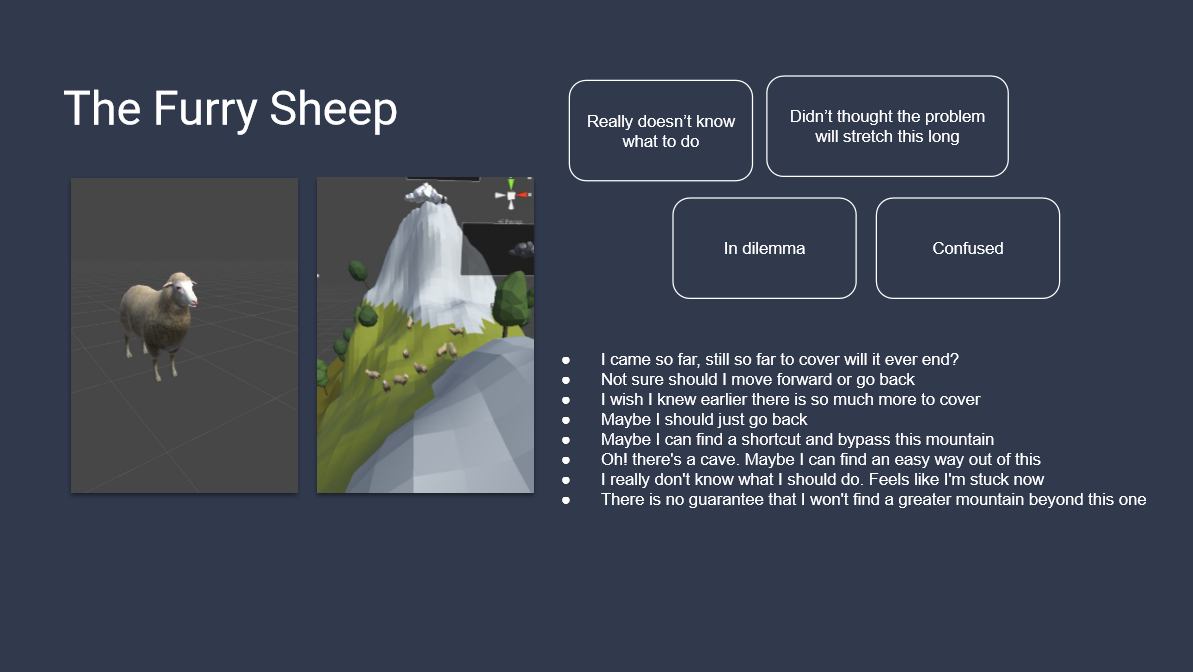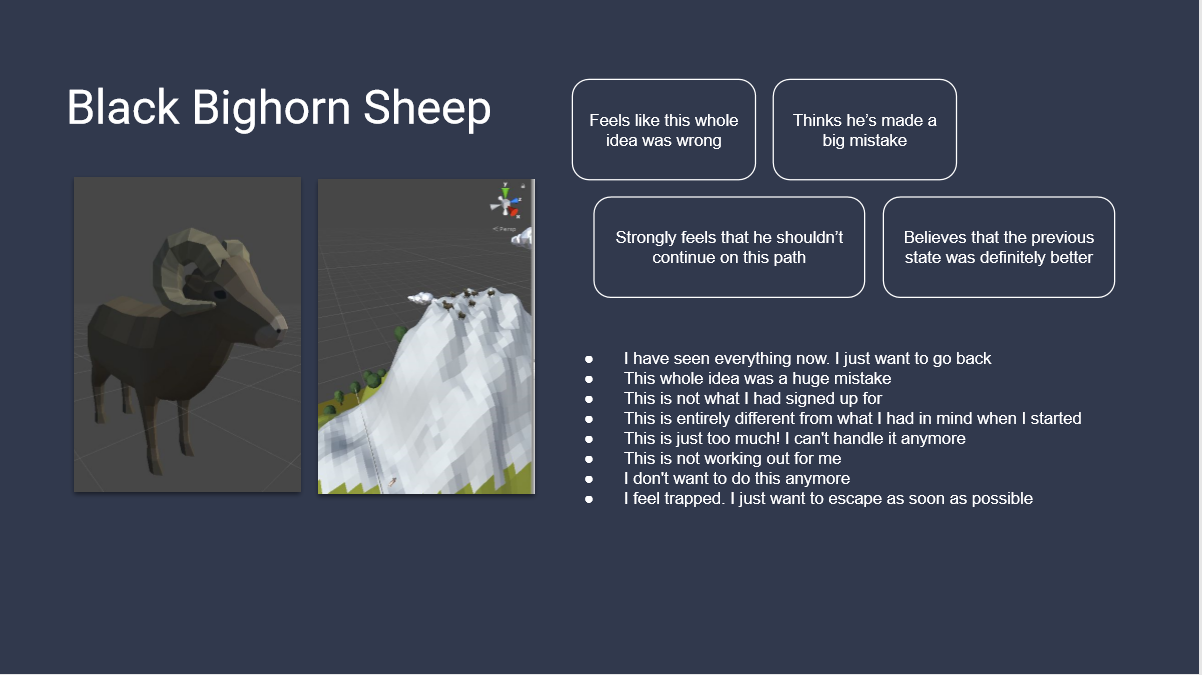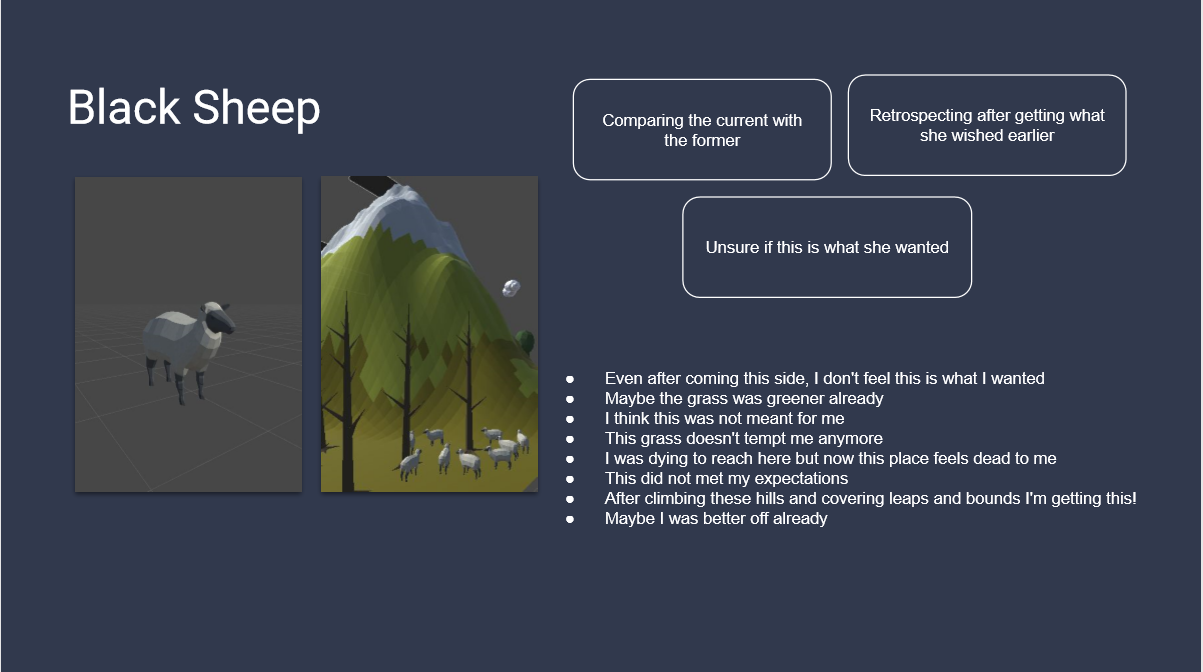On Second Thought
On Second Thought, is a personal exploratory project and an academic project at National institute of Design.
Intent
On Second Thought, is an exploratory design project with the given brief of problem solving as an academic project at National institute of Design. To attempt to acknowledge and create a revelation about the various emotional and behavioral shifts due to ambivalent behavior.
Concept
To present an individual the various trail of thoughts that coexist together by the means of interactive augmented reality application in the context of fragmented rationality of Ambivalence.
As it combines the inability to choose with the refusal to admit the necessity of choice; to make one is very difficult. The first step towards solving is to acknowledge the problem. On Second Thought tries to address the problem by providing an exploratory space to induce a realization about the condition.
Problem Statement
As per the given brief of 'Problem Solving', I started jotting down the problems that bothered me on a personal level. For the first session the problem I picked up the problem of waiting for a lift as my starting point. But upon further self reflection and help from my guides I realized that the underlying problem for me was 'waiting' in general. Waiting for me for futile tasks in daily life is an absolute waste and sometimes just utterly painful.
I started studying waiting time and started off with the primary research, precedent study and reading around the problem of waiting which tries to reduce waiting time via optimizing queues / resources until I stumbled upon the book, 'On Waiting' by Harold Schweizer and started to look upon the qualitative aspects of waiting rather than the quantitative ones.
Keyword Mapping
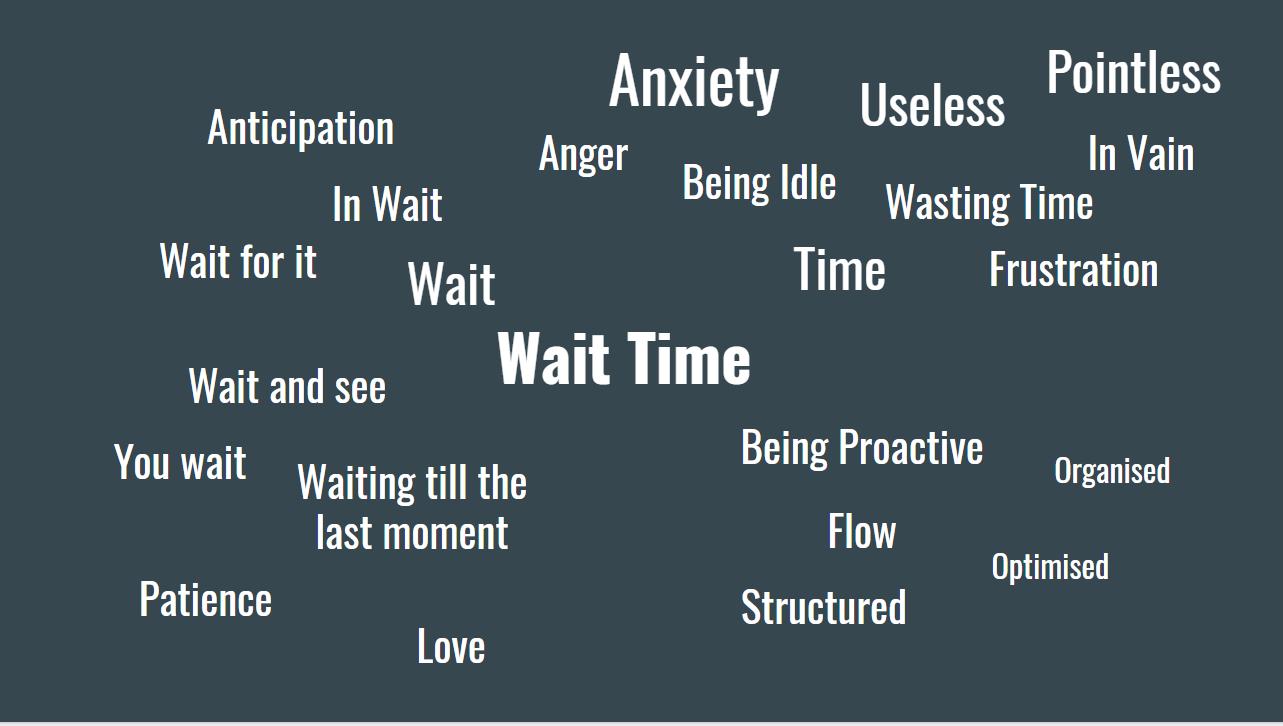
Key Findings
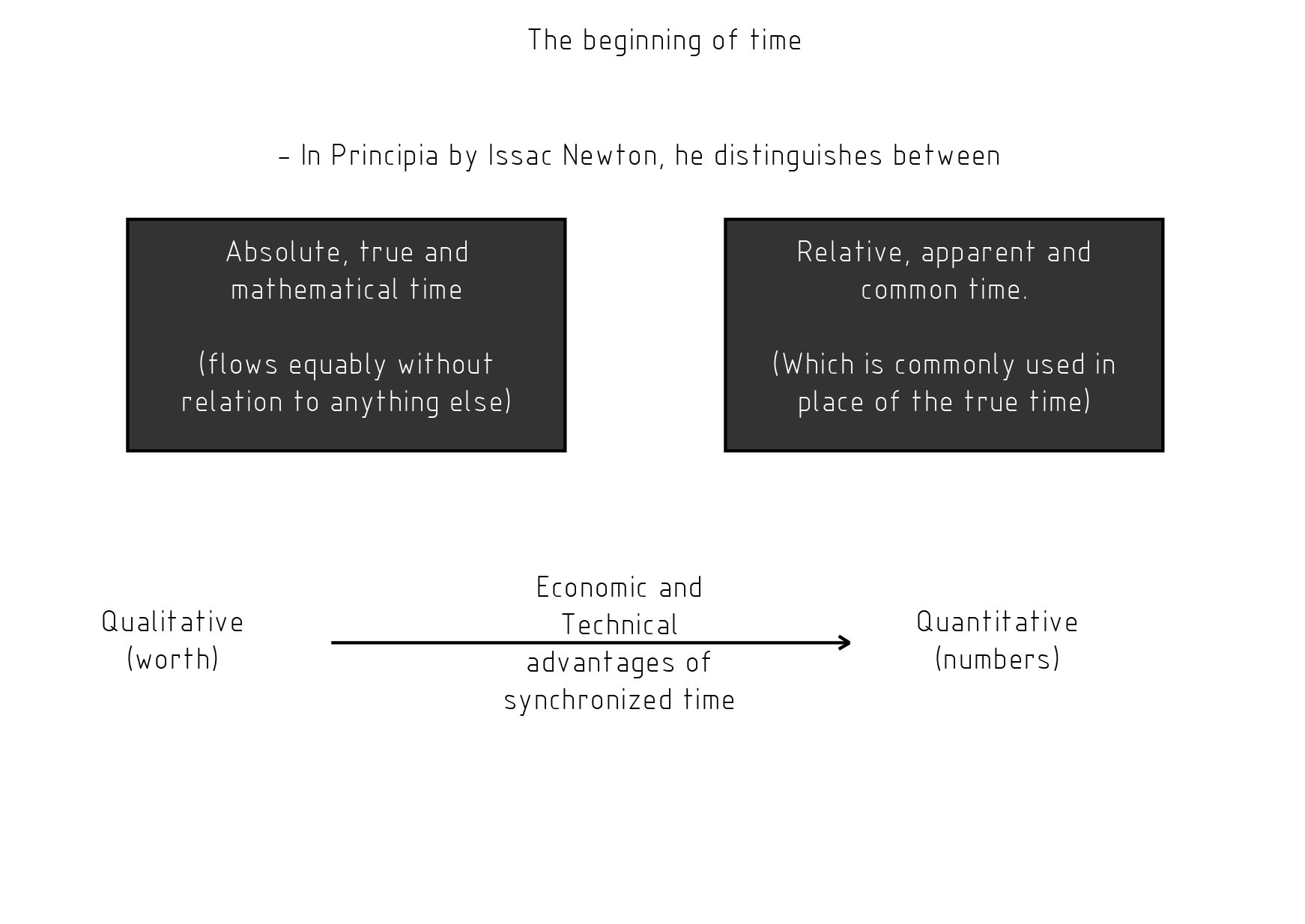

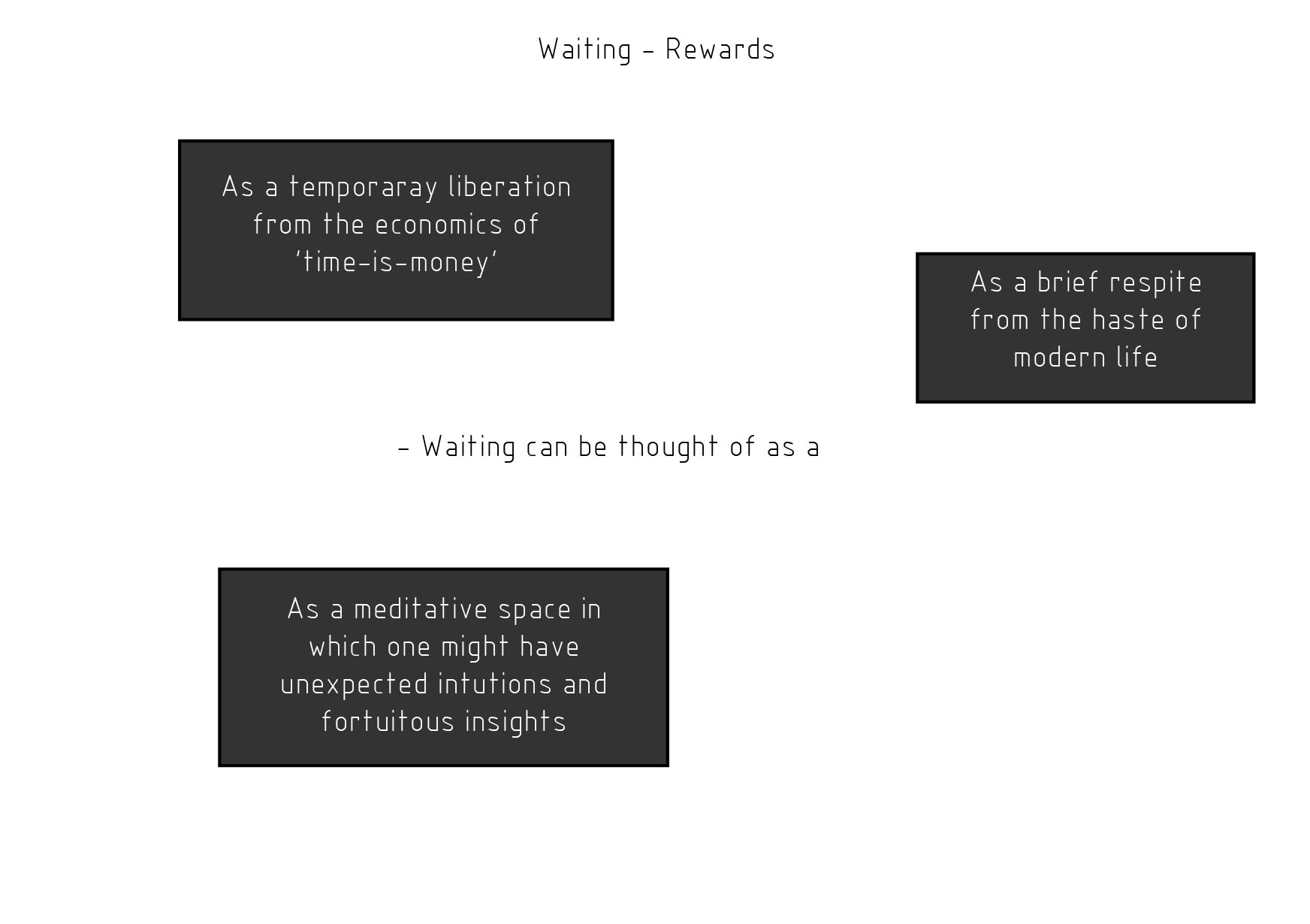

In our frantic world of instant messaging, instant credit, instant gratification, the question 'why wait!' seem to appeal to universal agreement. Between hope and desire, fulfillment and futility, waiting extends across barren mental and emotional planes.
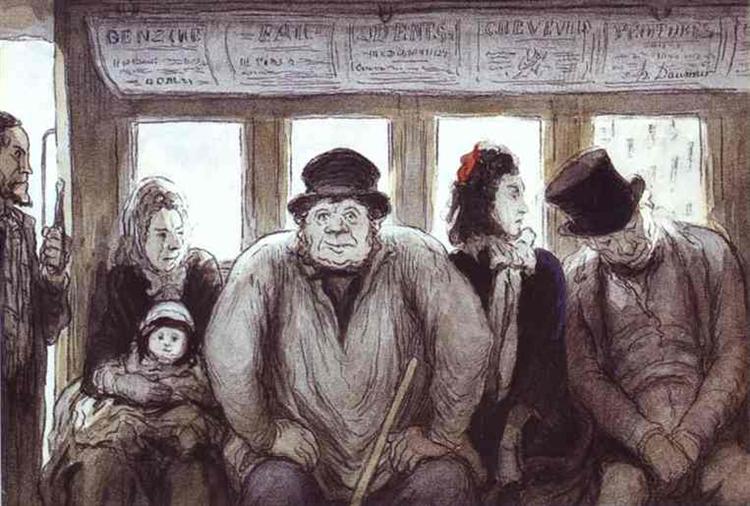
Daumier's passengers find themselves with a currency - time which is worthless. Nobody wants it. They cannot exchange their time; they spend it receiving nothing in return; they would kill time if they could. 'Wait' has almost meant 'never' ~ Soon is the same as later. In waiting there is no resolution of 'When?'. Daumier's passengers don't travel. They just wait to arrive. Their time is no money.
Precedent study around waiting time
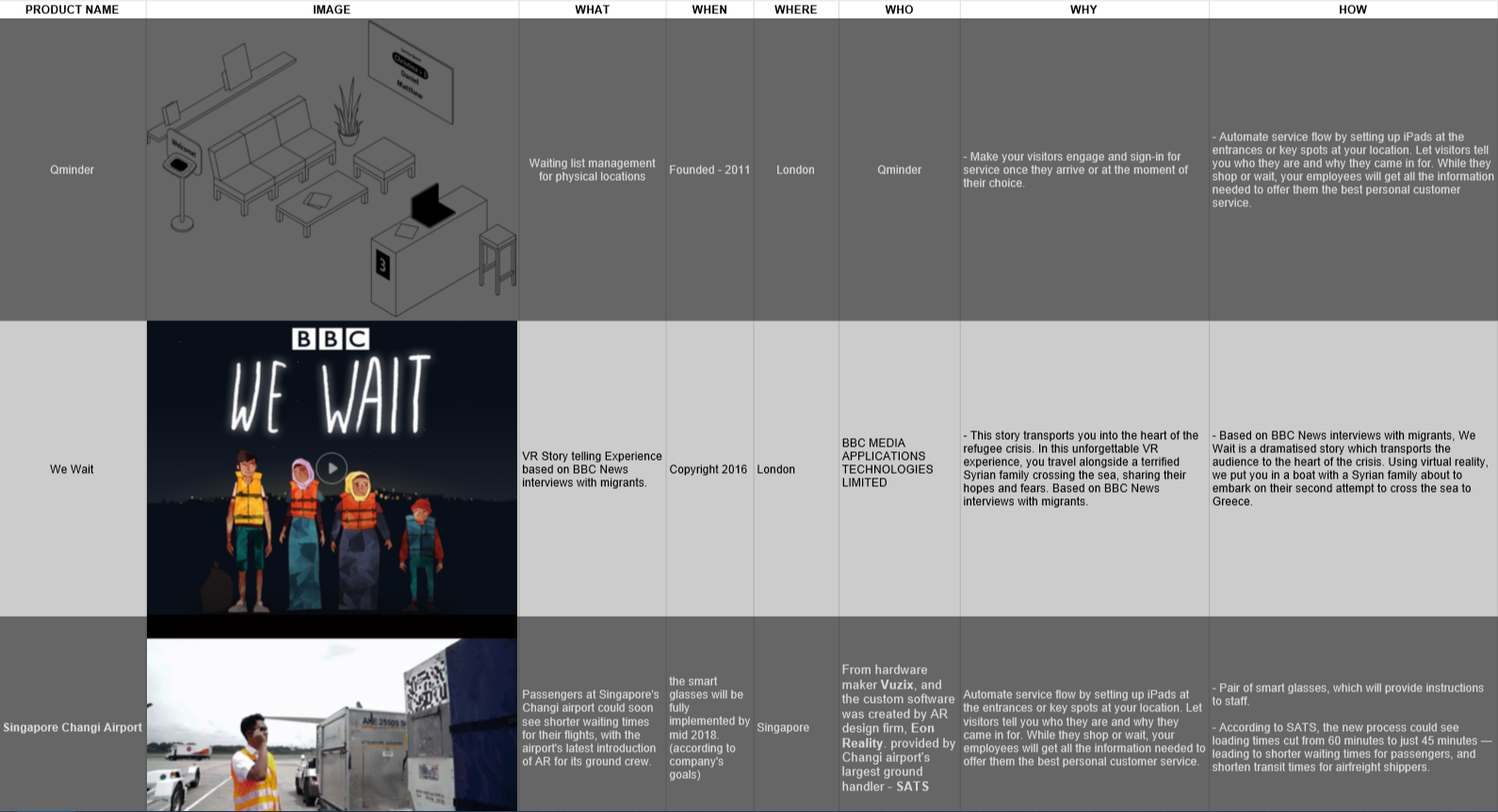
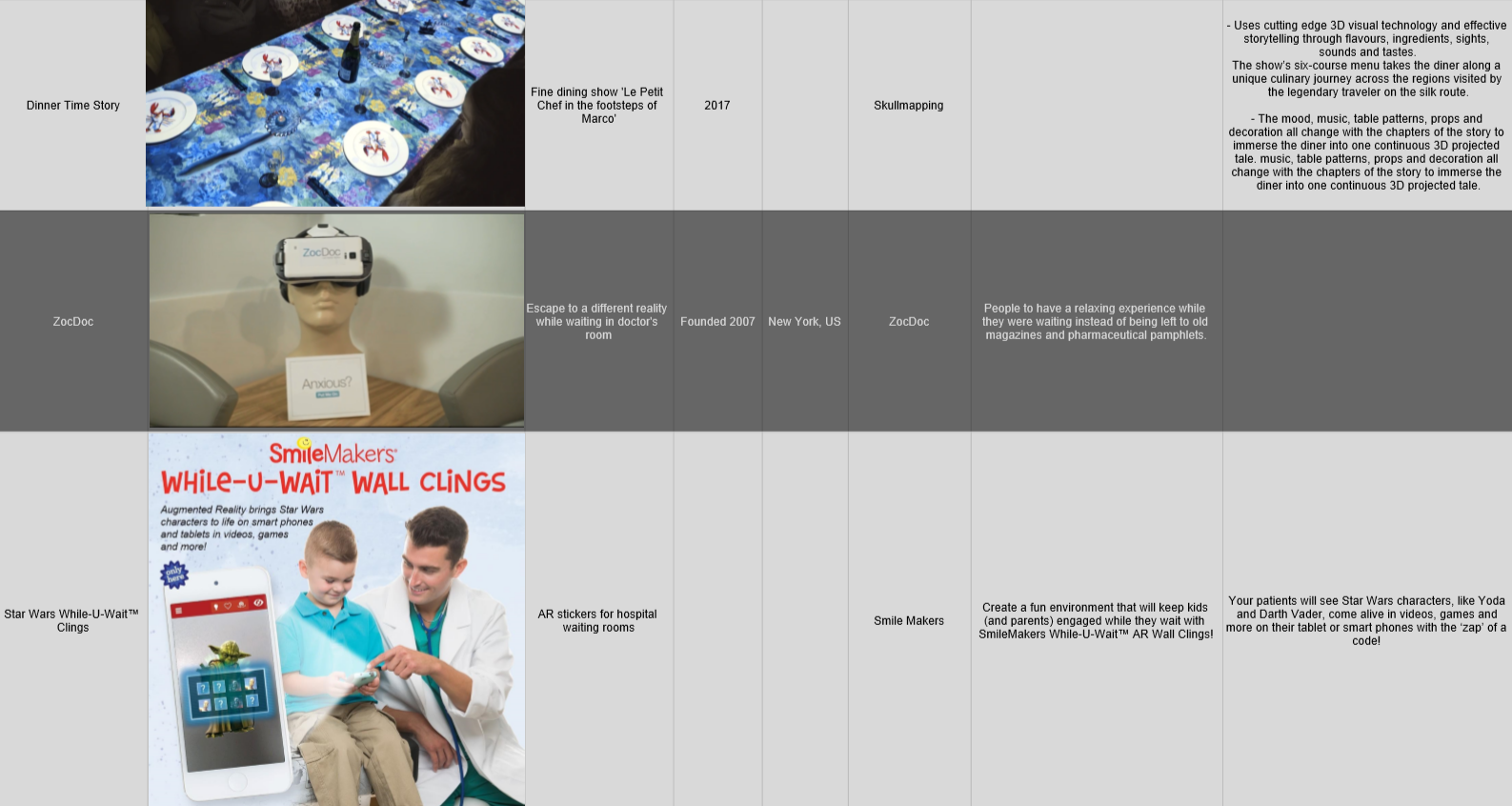

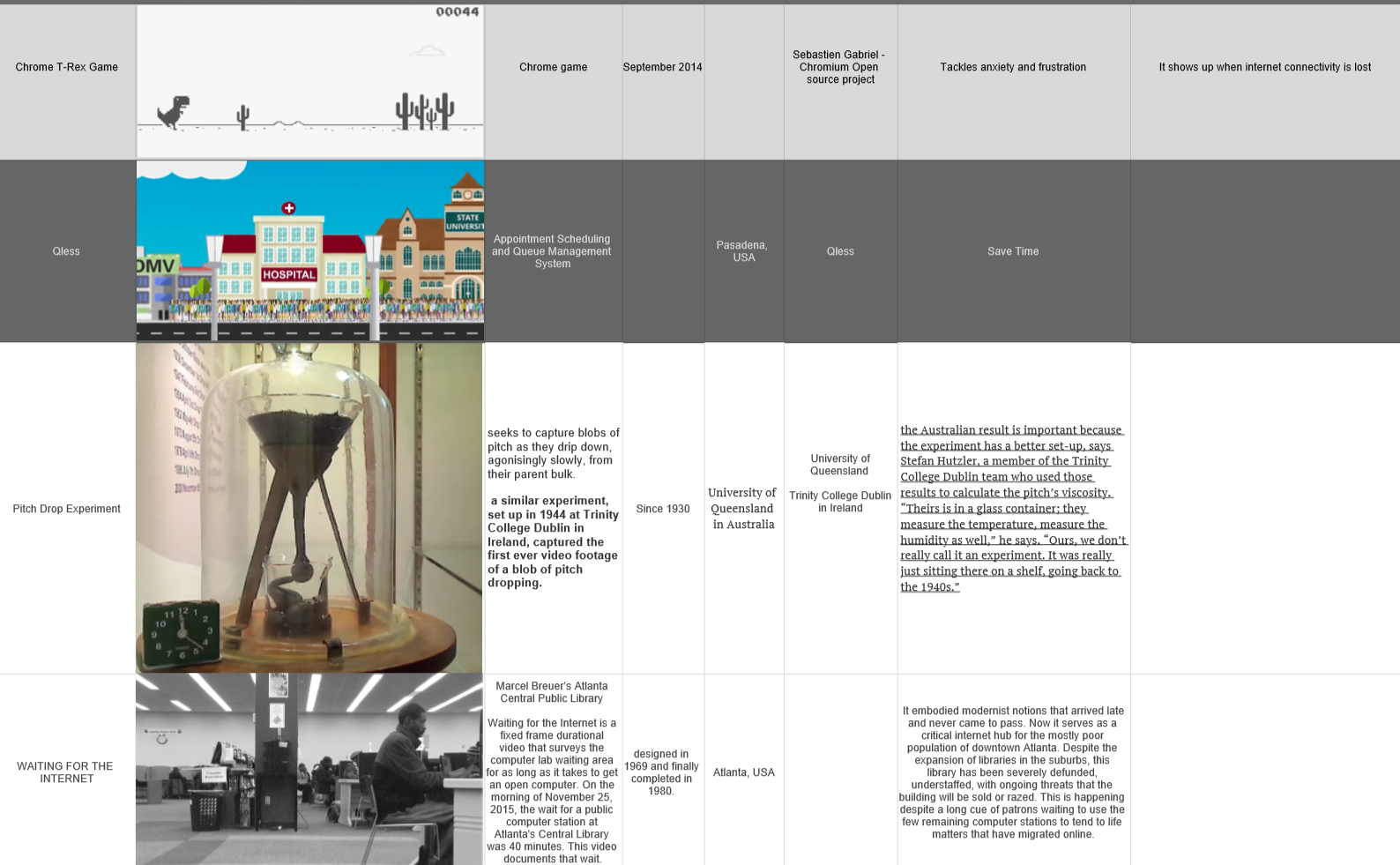
Somewhere down the line when, I had just started to get the hang of waiting, my guide suggested me to read, On Ambivalence by Kenneth Weisbrode. As I inquired more about ambivalence I realized that ambivalence is also about being stuck. Being in an ambivalent state makes one stuck between contradictory ideas at the same time.
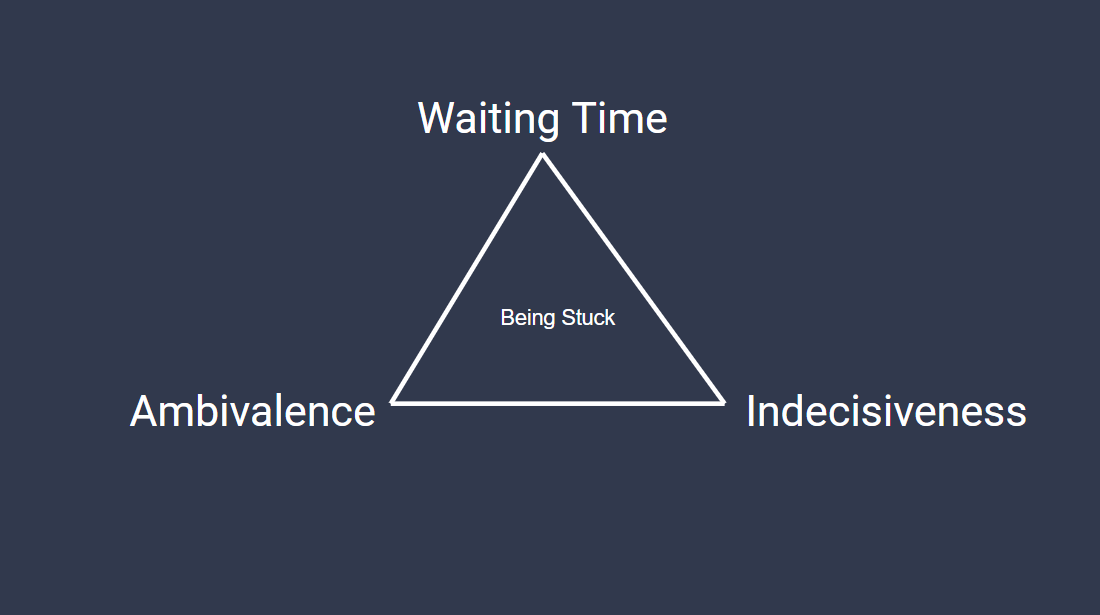
Ambivalence's core hides a core desire which becomes the guiding force for someone to move ahead. In contradiction between head and heart.
Desire begets dissatisfaction and dissatisfaction begets desire thus forming a vicious cycle, an almost never ending loop.
We desire something, our conscience gives us SECOND THOUGHTS and due to them we dont desire that thing anymore sometimes may even hate the same thing.
This contradiction not only creates a recurring loop but also makes the WAITING TIME endless for what we want (even if we don't at some moments).
The inability to choose combined with the refusal to admit the necessity of choice; makes this problem very difficult.

As ambivalence keeps one running on and on in a vicious endless loop, it can be seen as -
- A condition
- Contradiction
- Hypocrisy
- A paralyzing situation
- Makes one think of movement than of duration or direction
- Not being so bad after all as it presents with all the possible perspectives
- Decision paralysis or fragmented rationality
Solution Proposed
Since the problem seems to present an endless vicious cycle, an infinite loop of sorts which one cannot exit until a revelation is created so that the person dealing with ambivalence can acknowledge the condition and start to not just live in ambivalence but also understand and finally hopefully be able to act upon it.
The metaphor of 'the grass is greener on the other side', fits perfectly well within the context of ambivalence.
Mountain
Mountain is something so huge you can’t see the other side of it or what’s on the other side until you climb it or go around it. It is difficult and takes enormous efforts to climb specially when your intent to go to the other side fluctuates.

Sheep
Sheep are perceived with their herd mentality which means they will follow whatever others are doing. Translating this perception into human thoughts; we are led by our current / majority / most influential thoughts. If you had made a choice / decision earlier and if the other set of thoughts pool up and starts to mold your decision then it is like following the current influential factors.
Grass
This is literally and metaphorically asking the sheep, ‘is the grass greener on the other side?’ The grass on the other side, the side which cannot be experienced first-hand seems to be greener which is the driving factor for having second thoughts.
Sheeps as thoughts
Thoughts are not static they are ever changing and they are always getting influenced by the most influential factors at that time, just like a sheep which can be manipulated by a herd leader making them follow the current trail of path, somewhere loosing there own will or effect. According to my findings and experience of state of ambivalence I devised 7 different kinds of sheep which look, feel like and are positioned over the mountain of problem according to the characteristics they posses.
- Sheep represents thoughts
- Herd is a collective of sheeps and thus can be seen as a state of mind as a collective of thoughts
- Every herd will contain one main sheep which will be always stationary, kind of like a station for that type of herd
- This big sheep will announce its main dialogue which gives away the essence of that herd or the state of mind which that herd represents
- Two sheeps will accompany her from the beginning
Interaction changes


